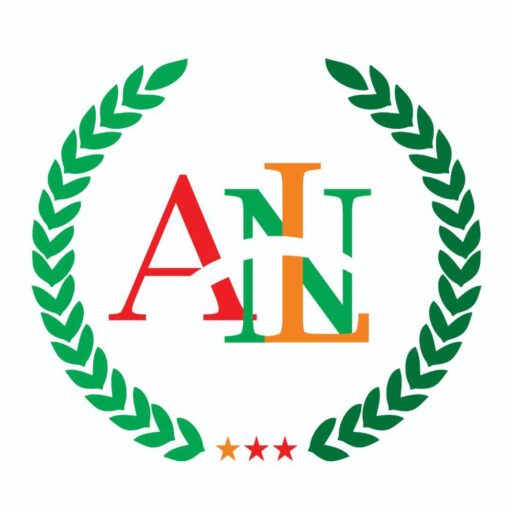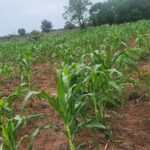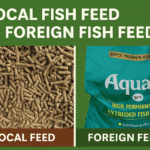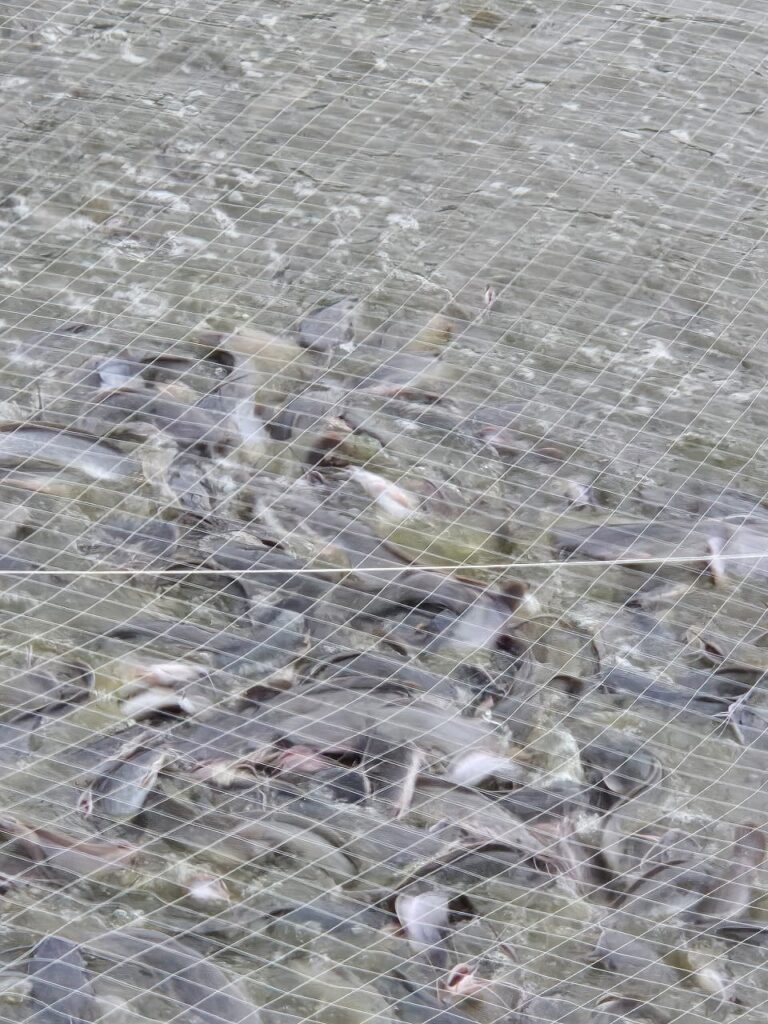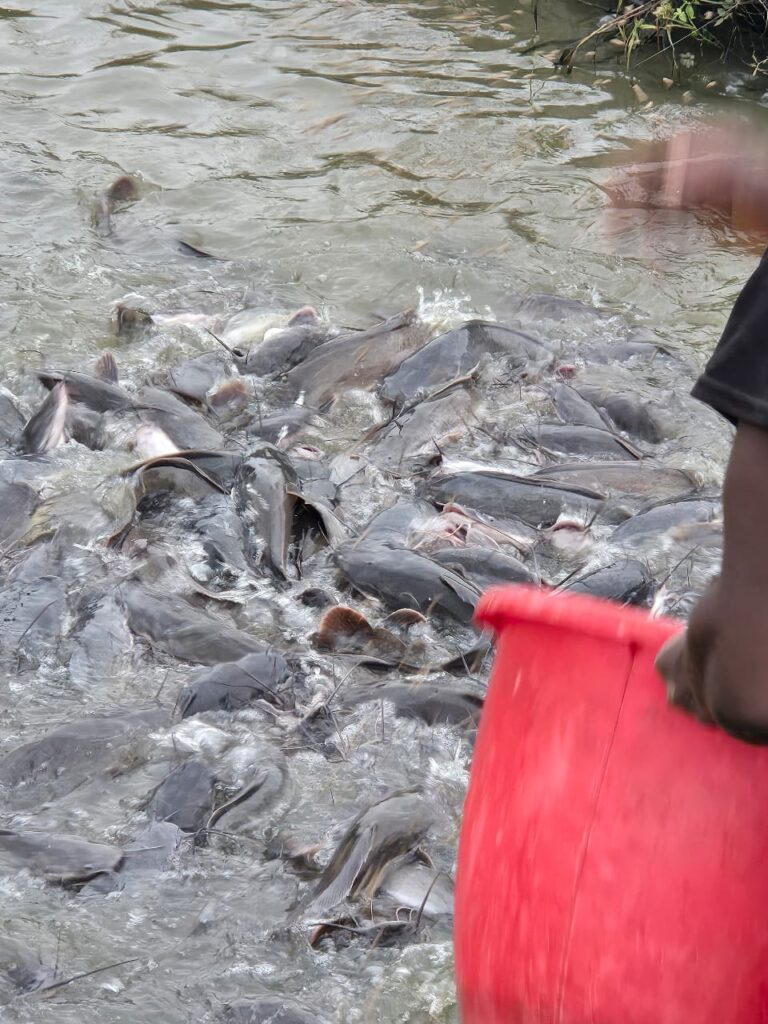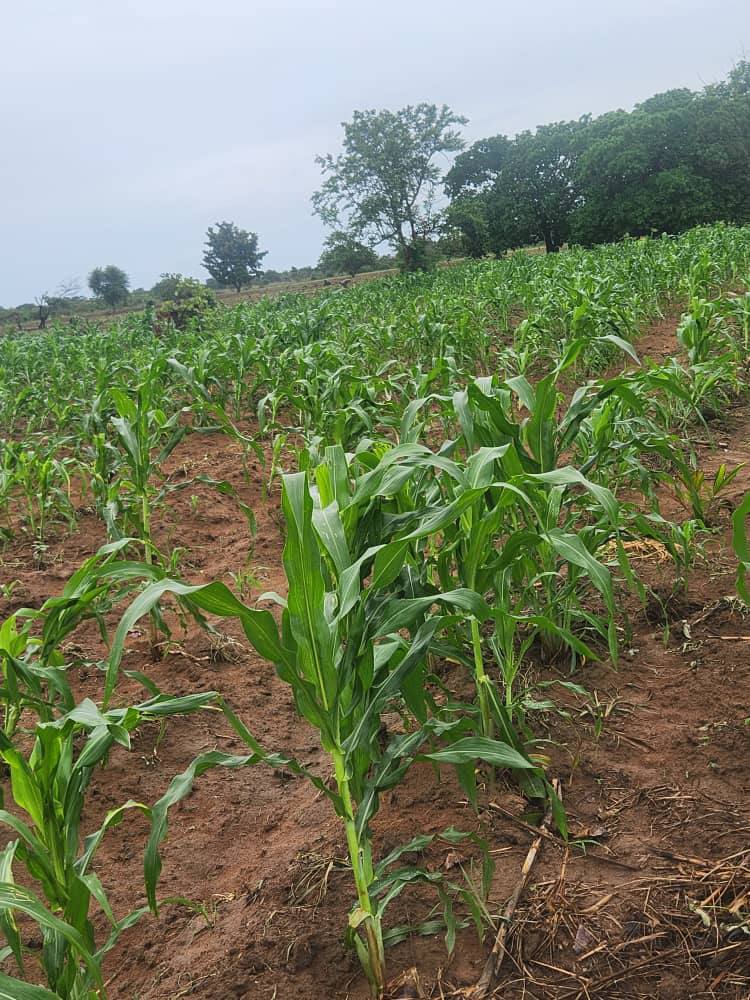In the fish farming business, healthy and fast-growing fish are key to running a successful and profitable business. This can be achieved by using high-quality feed with the right ingredients. However, the cost of fish feed is very high, which makes it unaffordable for fish farmers to maintain a balanced diet, thereby leading to stunted …
In the fish farming business, healthy and fast-growing fish are key to running a successful and profitable business. This can be achieved by using high-quality feed with the right ingredients.
However, the cost of fish feed is very high, which makes it unaffordable for fish farmers to maintain a balanced diet, thereby leading to stunted growth and eventual loss.
Formulating your local fish feed at home ensures your fish gets high-quality and quantity of feed, saves you money, and leads to a faster growth rate. In this article, we’ll explore the right and essential ingredients needed to formulate your fish feed at home and save money.
Essential Nutrients Needed for Fish Feed Formulation
Before you start mixing ingredients, it’s important to understand what a fish needs for proper growth. A well-balanced fish diet must include:
1. Protein
This is the most important nutrient that should be considered in fish feed formulation. It builds the fish’s muscles and tissues. The protein requirements for fish feed vary due to the stage of growth. Young fish might require about 35-45% protein, while adults of the same species might only need about 25-35% protein in their feed.
Source: It can be obtained from either animals or plants. Examples of animal protein feed ingredients are fishmeal, blood meal, poultry meal, shrimp, etc. Examples of plant protein feed ingredients are soybeans, groundnuts, and cotton seeds.
2. Energy (Carbohydrates)
This is also an important nutrient that should be added when formulating fish feed. Carbohydrate nutrients provide energy for movement and metabolism, and also help to bind the pellets together.
Source: Cassava, Maize (corn), rice bran, Wheat, etc.
3. Vitamin
These nutrients are required in the diet to enhance fish growth and health. This can be gotten from organic and inorganic chemicals like vitamins A, B, C, D, and K.
4. Mineral
This helps to strengthen the teeth and bones of fish.
Source: salt, legumes, shells, etc.
5. Fat and oil
They provide essential fatty acids, which are vital for fish’s nutritional absorption.
Source: fish oil, palm oil, coconut oil, etc.
Common Ingredients for Fish Feed
| Ingredient | Purpose | Available Locally? |
|---|---|---|
| Fish Meal | High-quality protein | Yes (imported/local) |
| Soybean Meal | Protein, energy | Yes |
| Maize/Corn | Energy | Yes |
| Groundnut Cake | Protein | Yes |
| Cassava Starch | Binder | Yes |
| Wheat Bran | Fibre, filler | Yes |
| Palm Oil | Fats | Yes |
| Bone Meal | Minerals | Yes |
| Vitamin Premix | Nutrient boost | Yes (vet stores) |
Sample Fish Feed Formula (100kg Grower Feed)
This example is suitable for catfish growers (150g–600g):
| Ingredient | Quantity (kg) |
|---|---|
| Fish meal | 20 kg |
| Soybean meal | 25 kg |
| Groundnut cake | 15 kg |
| Maize | 20 kg |
| Wheat bran | 10 kg |
| Bone meal | 5 kg |
| Vitamin/mineral mix | 2 kg |
| Cassava starch (binder) | 3 kg |
Tools & Equipment You’ll Need
-
Measuring scale: This is used to get the ingredient ratios right before making use of them.
-
Grinder or Miller: This is used to crush feeds into finer powder that animals can eat and digest easily. Grinding machines include hammer mills, roller mills, and disc mills
-
Mixing machine: This is used to perfectly mix the powder to ensure uniform distribution of nutrients, which is essential to having high quality. Mixing machines include horizontal mixers, vertical mixers, and paddle mixers.
-
Pelleting Machine: This helps to press mixed powder into pellets that can be easily digested. Pelleting machines include pellet mills, flat die pellet mills, and ring die pellet mills.
-
Drying rack or tray: This is used for sun-drying the pellets
-
Airtight bags or containers: After production, you need to keep the feed in a container or airtight bags for safe storage.
-
Coolers and Dryers: This is used to cool and dry the finished pellets. This prevents the pellets from sticking together, hence preserving the feed pellets for a longer time. Cooling machines include counter-current coolers and co-current coolers. Drying machines include rotary dryers and fluidised bed dryers.
Step-by-Step Guide to Formulating Fish Feed at Home
The basic steps involved in feed formulation are
● Selection
The first step involves the selection of appropriate feed ingredients. The ingredients should be thoroughly examined because they have a direct impact on the quality of the final feed.
● Weighing
Accurately weigh the raw ingredients to have the right proportion of different nutrients.
● Grinding
Grind the mixtures to obtain uniform particle sizes, which improves feed digestibility and pelletability
● Mixing
Mix the ground ingredients to ensure even distribution of various nutrients. Dry ingredients should be mixed first, followed by liquid materials.
● Pelleting
This is the process of passing the prepared feed mix through the extruder.
● Drying
The feed should be dried immediately after to reduce the moisture content below 10%.
● Packing
This involves packing and preparing the feed pellets for distribution while maintaining quality.
● Storage
Feed should be stored in a clean, cool, dry, and safe place to avoid infestation from insects, pests, and rodents.
Mistakes to Avoid When Making Your Fish Feed
-
Use fresh ingredients only; mouldy feed can harm fish.
-
Label and date your feed to track shelf life (max 30–45 days).
-
Test feed performance on a small batch of fish before scaling.
-
Maintain hygiene to avoid feed contamination
-
Ensure you don’t overcook your fish feed
-
Ensure you don’t under-mix ingredients
-
Always dry your pellets properly
Benefits of Making Your Fish Feed
-
Reduces feeding costs by 30–50%
-
Improves feed quality and consistency
-
Can be tailored to fish size and growth stage
-
Opportunity to start a small-scale feed business
Frequently Asked Questions
Q: What is the most important ingredient in fish feed?
A: Protein is the most important ingredient in fish feed formulation. It is highly required for building muscle and fast growth.
Therefore, high-quality protein sources like fish meal, soybean meal, and cottonseed are the most vital ingredients required to formulate a good fish feed.
Q: Is the floating fish feed formulation different?
A: Yes, different types of fish pellets require different ingredients, machines, and techniques. For example, the floating feed requires more starchy ingredients like maize, and the feed is made with an extruder.
Q: What is the best way to store fish feed pellets
A: Fish feed should be stored in a cool, dry, and well-ventilated place. Moisture-proof and insect-proof materials should be used for storage to retain the freshness and avoid insect and pest attacks.
Q: How is gossypol a concern in cottonseed meals?
A: Gossypol is a polyphenolic compound found in cottonseed, which can be toxic to many species of fish at high levels. Therefore, it’s important to use cottonseed with very low gossypol levels to ensure it is safe for your fish.
Q: How to know the quality of fish feed pellets?
A: High-quality fish feed pellets can be judged by observing whether the size and shape of the pellets are uniform and consistent.
For floating pellets, test whether they can float for a long time on the water surface and do not easily sink.
Conclusion
Formulating your fish feed at home is the way to having a profitable fish farming business. When done correctly, it gives your fish the right quality and quantity of nutrients needed in feed for fast growth. This also helps to drastically cut down expenses used in the purchase of fish feed.
Whether you’re a beginner or a professional, mastering the effective ways to formulate high-nutrient feed is a stepping stone to running a profitable fish farming business.
With local ingredients, basic tools, and a good formula, you can produce high-quality feed that boosts your fish growth, saves you money, and grows your farm’s success.
If you don’t want to go through all these steps of making the feed yourself, you can reach out to us for your fish feed and other agricultural produce through our contact page to book a visit or an appointment.
